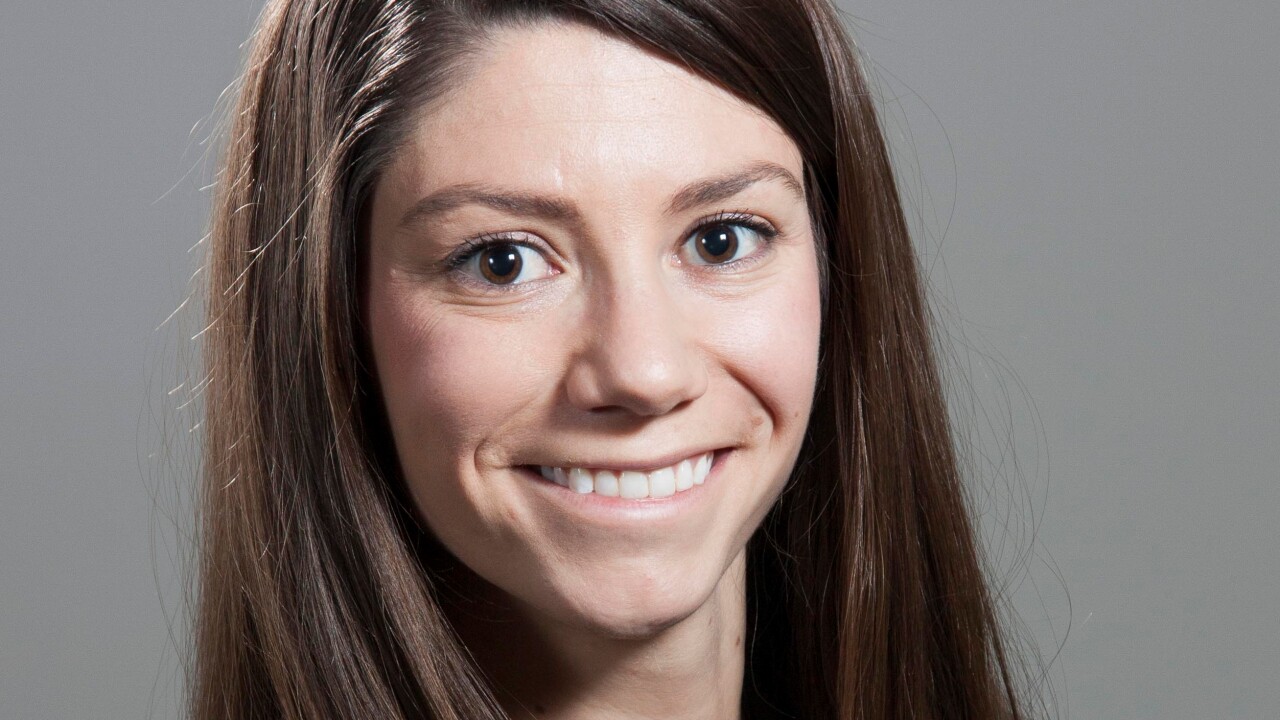Takeaways:
- Analyzing plaintiff demands can determine risks of litigation
- Underwriting, actuary and claims departments must all contribute to analyses
- Plaintiffs' bar does better than insurers on sharing relevant information
Insurers are using AI to evaluate demands made in lawsuits against them, according to claims and operations executives who spoke in a

"We're getting AI to look at that demand package, understand what it says, inform the adjuster handling the file, and be able to really set the stage for what kind of case we're dealing with," said Richard Wolff, managing director, casualty claims, Markel. "Is it potentially a nuclear verdict case? Is it one that we want to invest in so that we can argue that in litigation and potentially discovery to find out what the connections are behind the scenes?"
Markel shares data with business partners for analysis, which informs consideration of what it means for claims, according to Wolff. "That feedback loop in real time allows our business partners to make better and much more well informed decisions as they're going into pricing," he said.
The goal in its efforts is a "single source of truth," Wolff said. Markel wants seamless integration between underwriting, actuary and claims, but has not yet achieved this, according to Wolff. If accomplished, it would speed up the insurer's decision making and produce better decisions, he added.

CSAA Insurance Group has three angles for addressing plaintiff lawsuits – macro, micro and strategic partnerships, explained Joey Daryanani, vice president, operations shared services at the company. Macro is influencing the insurance industry overall by working with industry trade groups, which are often not all "on the same page," said Daryanani. Micro is what CSAA can do itself regarding claims handling, he added.
"In the past, we would handle the claim. It would either get resolved or litigated. It would then go to the lawyers, or it might go through special investigations," Daryanani said. "Today we control those three groups looking at the file [claims, lawyers, investigators] so there's no longer any second guessing when you decide to settle or litigate."
With strategic partnerships, especially for auto insurance claims, CSAA can more quickly identify parties to an accident with just a photo of a license plate, according to Daryanani. "As soon as that is entered into Guidewire, we are able to know who owns the car and potentially who was driving it, and their contact information. So that is an advantage for us," he said.
Insurers are playing catch-up with a plaintiffs' bar that is very advanced in sharing information about insurers, Daryanani stated. "I wouldn't be surprised if there's a spreadsheet somewhere, or some document with my name on it, that talks about what my negotiation skills are like, and how I negotiate," he said. "Insurance companies in general, what do we talk about first? Anti-trust and not sharing data for pricing purposes in most areas. Unless we do a better job, quicker, to share that data, my data is only as good as my experience. Otherwise, we are already behind the eight ball, and it's only going to get worse. I've been advocating to say, 'hey, we have no problem sharing fraud data.'"






